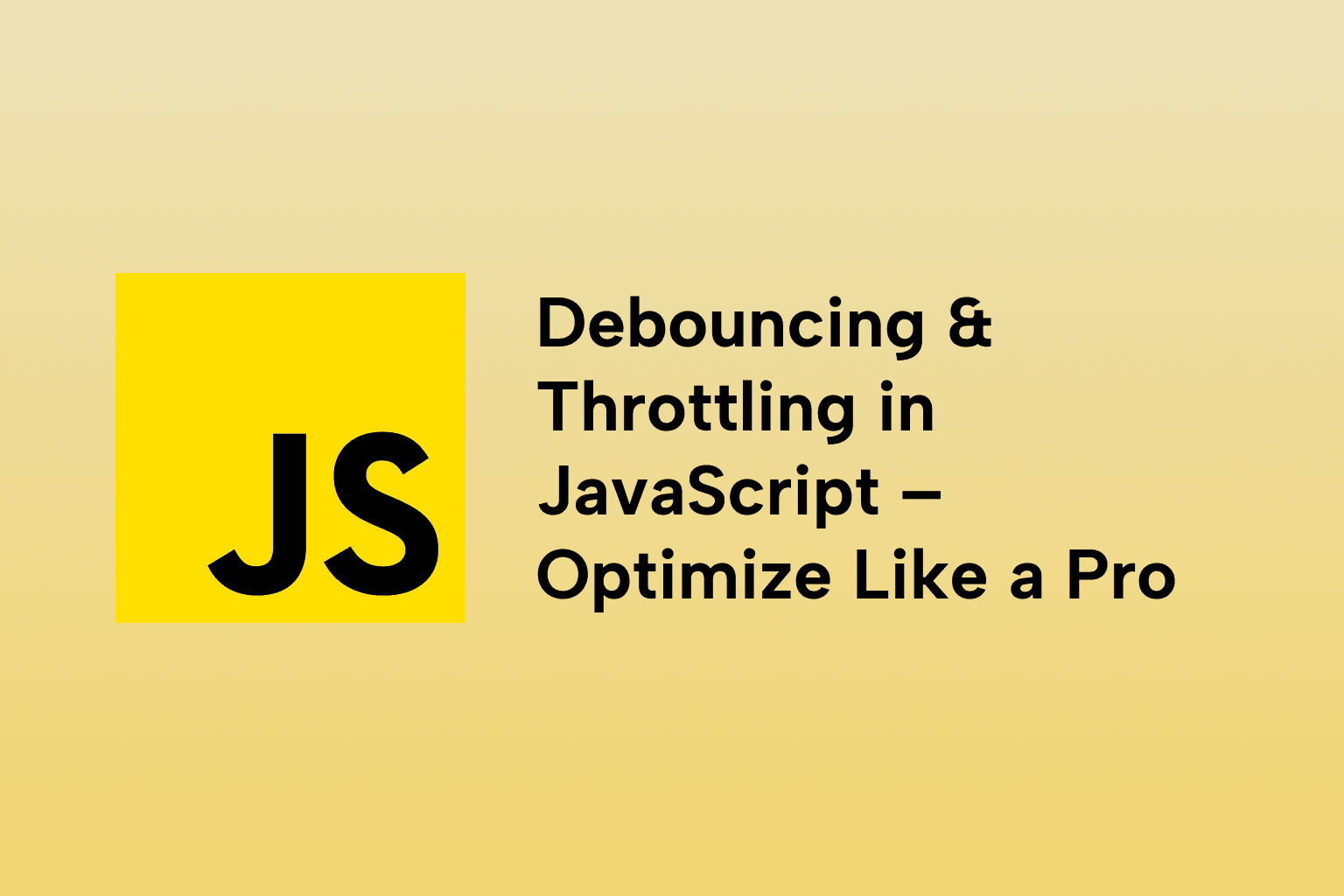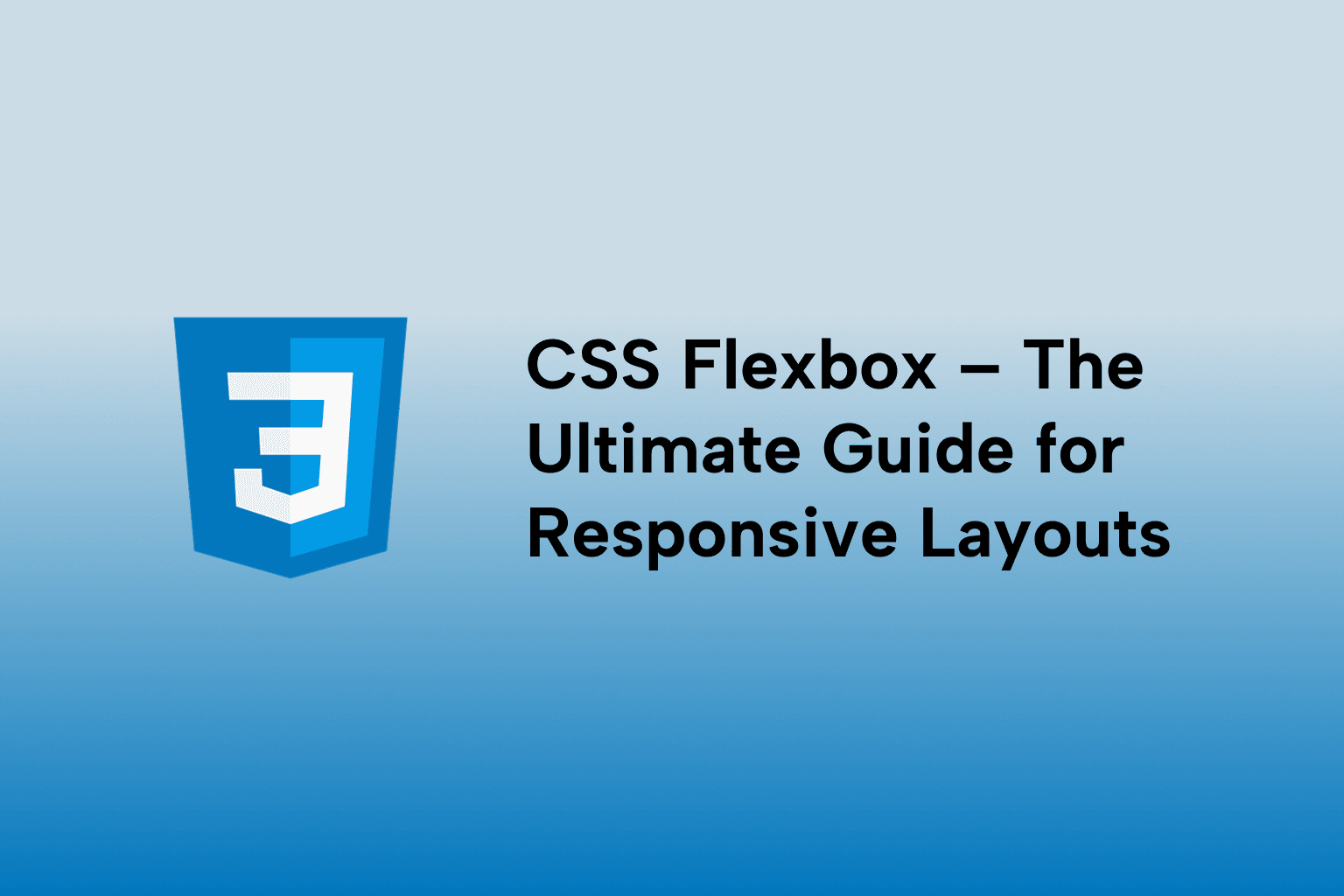DOM Manipulation in JavaScript: Create Dynamic Websites Without Any Framework
 Emma George
Emma George
TABLE OF CONTENTS
1 . What is the DOM?
2 . Why You Should Learn Vanilla DOM Manipulation
3 . Accessing DOM Elements
4 . Modifying Elements and Content
5 . Creating and Inserting New Elements
6 . Removing and Replacing Elements
7 . Working with Attributes and Properties
8 . Event Handling and Listeners
9 . Class Manipulation and Styling
10 . Real-World Examples of DOM Manipulation
11 . Performance Considerations
12 . Debugging and Developer Tools
13 . Best Practices
Conclusion
The Document Object Model (DOM) is at the core of every webpage. It represents your page so JavaScript can interact with, modify, and enhance it dynamically. While modern JavaScript frameworks like React and Vue have abstracted much of this process, understanding vanilla DOM manipulation is an essential skill for every front-end developer.
In this guide, we’ll take a deep dive into everything you need to know about DOM manipulation using pure JavaScript, empowering you to build dynamic, interactive web applications, no frameworks required.
1 . What is the DOM?
The DOM (Document Object Model) is a programming interface for HTML and XML documents. It represents the page so that programs (like JavaScript) can change the document structure, style, and content.
Think of it as a tree-like structure where each HTML tag becomes a node, and JavaScript can traverse, update, add, or delete these nodes.
Example HTML:
<body>
<div id="app">
<h1>Hello, world!</h1>
</div>
</body>
DOM Tree Representation:
- document > html > body > div (id="app") > h1 (text: "Hello, world!")
2 . Why You Should Learn Vanilla DOM Manipulation
Even though frameworks handle DOM interactions behind the scenes, understanding native DOM manipulation gives you:
- A deeper understanding of how browsers render content.
- The ability to debug and fix issues in any framework.
- Complete control without the overhead of libraries.
- Better performance in small-scale or static projects.
You don’t need React to make something interactive. Pure JavaScript is more than capable.
3 . Accessing DOM Elements
JavaScript provides several methods for selecting DOM elements:
- getElementById
- getElementsByClassName
- getElementsByTagName
- querySelector
- querySelectorAll
Examples:
const title = document.getElementById("main-title");
const listItems = document.querySelectorAll("li");
const container = document.querySelector(".container");
querySelector/querySelectorAll uses CSS-style selectors and is most flexible.
4 . Modifying Elements and Content
You can change text content, HTML content, and more.
Text Content:
const title = document.querySelector("h1");
title.textContent = "New Title!";
HTML Content:
const container = document.querySelector(".box");
container.innerHTML = "<p>New HTML Content</p>";
Value (for form inputs):
const input = document.querySelector("#name");
input.value = "John Doe";
5 . Creating and Inserting New Elements
You can dynamically create new elements using:
- document.createElement()
- element.appendChild()
- element.insertBefore()
- element.append(), element.prepend()
Example:
const newDiv = document.createElement("div");
newDiv.textContent = "I'm a new div!";
document.body.appendChild(newDiv);
Modern methods:
document.body.append("Appended content");
document.body.prepend("Prepended content");
6 . Removing and Replacing Elements
To remove elements:
const element = document.querySelector("#to-remove");
element.remove();
** To replace:**
const oldElement = document.querySelector("#old");
const newElement = document.createElement("div");
newElement.textContent = "New Element";
oldElement.replaceWith(newElement);
7 . Working with Attributes and Properties
You can access, set, and remove attributes:
const link = document.querySelector("a");
link.getAttribute("href"); // Get
link.setAttribute("target", "_blank"); // Set
link.removeAttribute("target"); // Remove
Properties are accessed directly:
const input = document.querySelector("input");
input.value = "Updated Value";
input.disabled = true;
8 . Event Handling and Listeners
Attach event listeners to elements using:
const button = document.querySelector("button");
button.addEventListener("click", () => {
alert("Button clicked!");
});
You can also define the callback separately:
function handleClick() {
console.log("Clicked!");
}
button.addEventListener("click", handleClick);
Event Types:
- click
- mouseover
- keydown
- submit
- change
- input
9 . Class Manipulation and Styling
You can toggle, add, remove classes dynamically:
const box = document.querySelector(".box");
box.classList.add("active");
box.classList.remove("hidden");
box.classList.toggle("highlight");
Inline styling:
box.style.backgroundColor = "blue";
box.style.fontSize = "1.5rem";
10 . Real-World Examples of DOM Manipulation
Interactive To-Do List:
const input = document.querySelector("#taskInput");
const btn = document.querySelector("#addTask");
const list = document.querySelector("#taskList");
btn.addEventListener("click", () => {
const li = document.createElement("li");
li.textContent = input.value;
list.appendChild(li);
input.value = "";
});
Form Validation:
form.addEventListener("submit", (e) => {
e.preventDefault();
if (!input.value) {
errorMsg.textContent = "Field cannot be empty";
}
});
Light/Dark Theme Toggle:
toggleBtn.addEventListener("click", () => {
document.body.classList.toggle("dark-mode");
});
11 . Performance Considerations
DOM operations are expensive. Minimize repaints and reflows:
- Batch DOM reads/writes.
- Use DocumentFragment for bulk updates.
- Avoid layout thrashing.
- Debounce resize/input events.
Example:
const fragment = document.createDocumentFragment();
for (let i = 0; i < 100; i++) {
const li = document.createElement("li");
li.textContent = `Item ${i}`;
fragment.appendChild(li);
}
document.querySelector("ul").appendChild(fragment);
12 . Debugging and Developer Tools
Modern browsers come with robust tools for inspecting and debugging DOM elements:
- Elements Tab (Chrome/Firefox): View and manipulate live DOM.
- Console Tab: Use document.querySelector() and inspect elements.
- Breakpoints: Pause JS execution on DOM changes.
- Use console.dir() to inspect DOM nodes in the console:
const el = document.querySelector("h1");
console.dir(el);
13 . Best Practices
Minimize direct DOM manipulation in complex projects.
- Use semantic HTML elements.
- Don’t mix HTML with JS (avoid innerHTML for security).
- Detach elements before massive changes.
- Use event delegation for dynamic content.
- Separate logic and UI concerns.
Conclusion
DOM manipulation is the foundation of web interactivity. By understanding how to use vanilla JavaScript to interact with the DOM, you unlock the ability to build rich, dynamic experiences without relying on external frameworks.
Whether you're building a small feature or a full-blown application, these skills allow you to:
- Improve performance
- Reduce dependencies
- Build for older or restricted environments
- Understand the magic behind frameworks
Start small. Experiment. Try rebuilding a framework feature in vanilla JS. You’ll not only become a better developer, you’ll gain full control over your web projects.
Master the DOM, and the browser becomes your playground.

Emma George
Software Engineer
Senior Software Engineer



